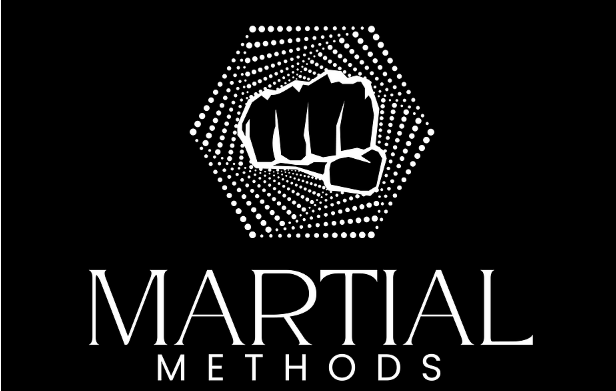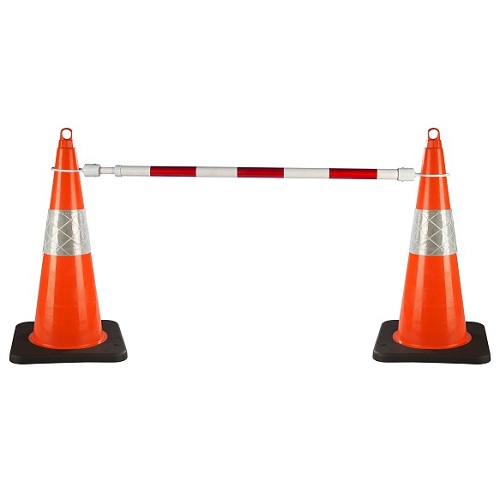Introduction
Krav Maga martial arts stand out as one of the most effective and practical forms of self-defense. Originating from the Israeli army in the 1940s, this combative system was designed by Imi Lichtenfeld to provide soldiers with a reliable method of defending themselves against a variety of threats. By incorporating techniques from Boxing, Karate, Muay Thai, and Aikido, Krav Maga martial arts deliver powerful and efficient self-defense strategies that can be applied in real-world situations. This article delves into the history, techniques, benefits, and training of Krav Maga martial arts, highlighting why it is considered the “Cream of the Crop” in self-defense.
The History of Krav Maga Martial Arts
Krav Maga, which translates to “contact combat” in Hebrew, was developed during the 1940s by Imi Lichtenfeld, a former boxer and wrestler. Lichtenfeld created Krav Maga martial arts as a means to protect the Jewish community in Bratislava from anti-Semitic violence. Recognizing the need for a more practical and effective self-defense system, he integrated techniques from various martial arts and combat sports.
When Lichtenfeld immigrated to Israel, he began training soldiers in the newly formed Israeli Defense Forces (IDF). Krav Maga martial arts were designed to be quickly learned and easily retained, making them ideal for military training. Over time, Krav Maga evolved and expanded beyond military use, becoming a popular form of self-defense for civilians worldwide.
Core Principles of Krav Maga Martial Arts
Krav Maga martial arts are based on several core principles that distinguish them from other martial arts. These principles include:
- Neutralizing the Threat: The primary goal of Krav Maga is to neutralize threats as quickly and efficiently as possible. This involves targeting vulnerable areas of the body and using explosive, aggressive techniques to incapacitate an attacker.
- Simultaneous Defense and Attack: Unlike traditional martial arts that separate defensive and offensive moves, Krav Maga emphasizes simultaneous defense and attack. This approach maximizes efficiency and minimizes the time an attacker has to react.
- Natural Movements: Krav Maga techniques are based on natural, instinctive movements, making them easier to learn and remember. This focus on simplicity ensures that practitioners can apply the techniques effectively under stress.
- Adaptability: Krav Maga is designed to be adaptable to various situations and environments. Practitioners are trained to use everyday objects as improvised weapons and to defend themselves in a variety of scenarios, from standing confrontations to ground attacks.
- Continual Improvement: Krav Maga encourages continual learning and adaptation. As new threats and challenges emerge, the system evolves to incorporate the most effective techniques and strategies.
Techniques of Krav Maga Martial Arts
Krav Maga martial arts incorporate a wide range of techniques from different martial arts and combat sports. Some of the key techniques include:
- Striking Techniques: Krav Maga includes powerful striking techniques from Boxing, Karate, and Muay Thai. These strikes are designed to target vulnerable areas such as the eyes, throat, groin, and knees. Punches, kicks, elbows, and knee strikes are all integral parts of Krav Maga training.
- Defensive Techniques: Defensive techniques in Krav Maga focus on blocking and redirecting attacks while simultaneously counterattacking. Practitioners learn to defend against punches, kicks, chokes, and grabs using a combination of blocks, parries, and joint locks.
- Ground Fighting: Krav Maga incorporates elements of ground fighting from Brazilian Jiu-Jitsu and Wrestling. Practitioners learn to defend against ground attacks, escape from holds, and apply submissions to neutralize threats.
- Weapon Disarming: Aikido-inspired weapon disarming techniques are a crucial component of Krav Maga. Practitioners are trained to disarm attackers wielding knives, guns, and other weapons, using precise and aggressive movements to neutralize the threat.
- Situational Awareness: Krav Maga emphasizes the importance of situational awareness and proactive decision-making. Practitioners are taught to assess their surroundings, identify potential threats, and take preemptive actions to avoid danger.
Benefits of Training in Krav Maga Martial Arts
Training in Krav Maga martial arts offers numerous benefits beyond self-defense. Some of these benefits include:
- Improved Physical Fitness: Krav Maga training is intense and demanding, providing a full-body workout that improves strength, endurance, flexibility, and cardiovascular health.
- Increased Confidence: Learning effective self-defense techniques boosts confidence and empowers individuals to handle challenging situations with composure and assertiveness.
- Stress Relief: The physical exertion and focus required in Krav Maga training can help reduce stress and improve mental well-being. Practitioners often find that the training sessions provide a healthy outlet for releasing tension and aggression.
- Enhanced Mental Toughness: Krav Maga training develops mental resilience and the ability to stay calm under pressure. Practitioners learn to think clearly and make quick decisions in high-stress situations.
- Community and Camaraderie: Krav Maga schools foster a sense of community and camaraderie among practitioners. Training with others who share similar goals and challenges creates a supportive and motivating environment.
Krav Maga Martial Arts Training Programs
Krav Maga training programs are designed to accommodate individuals of all skill levels, from beginners to advanced practitioners. These programs typically include:
- Beginner Classes: Beginner classes introduce students to the fundamental principles and techniques of Krav Maga. Students learn basic strikes, defenses, and situational awareness skills in a controlled and supportive environment.
- Intermediate Classes: Intermediate classes build on the foundation established in beginner classes, introducing more advanced techniques and scenarios. Students practice defending against multiple attackers, using improvised weapons, and dealing with ground fighting situations.
- Advanced Classes: Advanced classes focus on refining techniques and applying them in complex, high-pressure scenarios. Students engage in realistic training drills and simulations to prepare for real-world encounters.
- Specialized Workshops: Many Krav Maga schools offer specialized workshops on topics such as women’s self-defense, law enforcement training, and military tactics. These workshops provide in-depth training on specific aspects of Krav Maga.
- Private Lessons: Private lessons offer personalized instruction tailored to the individual needs and goals of the student. Private lessons are ideal for those seeking focused, one-on-one training.
The Bottom Line
Krav Maga martial arts offer a practical, efficient, and powerful approach to self-defense. With its roots in military training and its incorporation of techniques from various martial arts, Krav Maga provides practitioners with the skills and confidence to protect themselves in real-world situations. The benefits of Krav Maga extend beyond self-defense, contributing to improved physical fitness, mental toughness, and overall well-being. By adhering to the core principles of neutralizing threats, simultaneous defense and attack, natural movements, adaptability, and continual improvement, Krav Maga remains a top choice for those seeking effective self-defense training.
Whether you are a beginner looking to learn basic self-defense or an experienced martial artist seeking to enhance your skills, Krav Maga martial arts offer a comprehensive and adaptable system that can meet your needs. With proper instruction, dedication, and a commitment to safety, anyone can master the art of Krav Maga and gain the confidence to navigate the challenges of everyday life.




